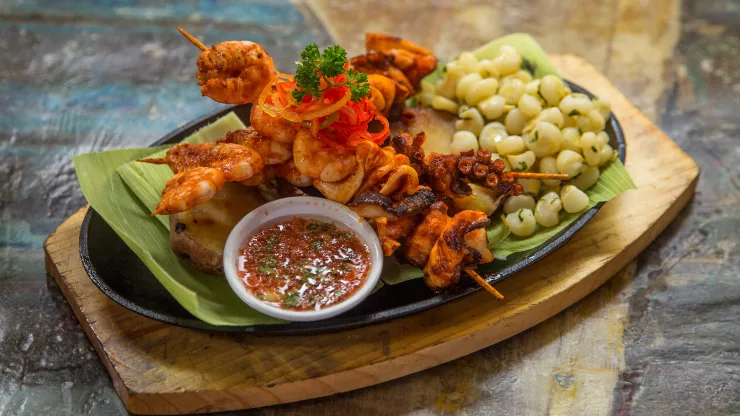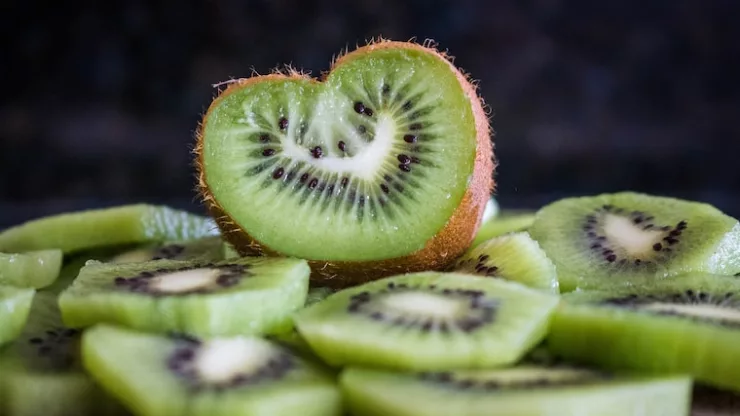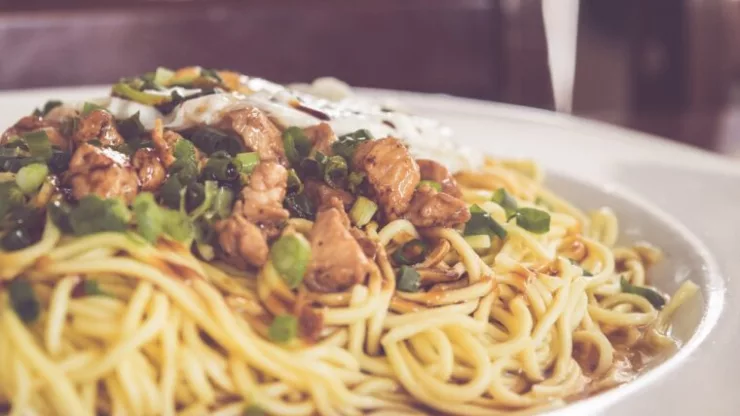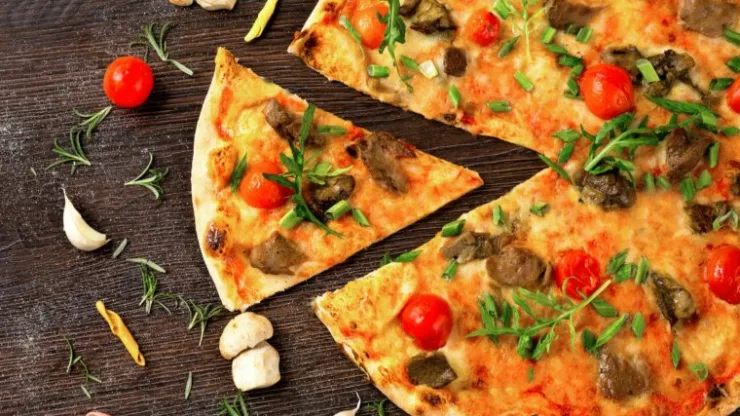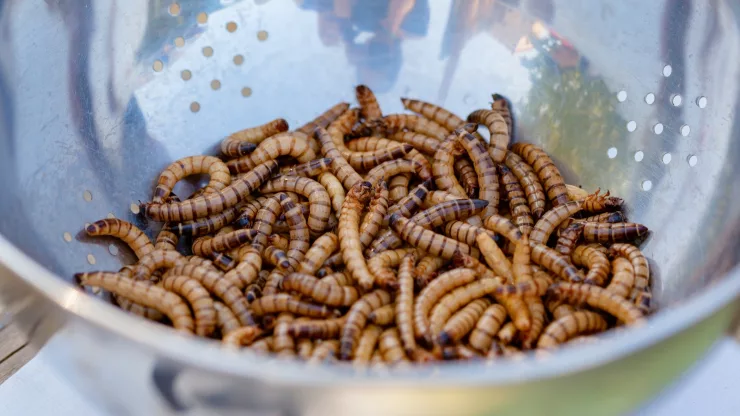Shrimp is a type of seafood that is enjoyed by people all over the world.
It is a versatile ingredient that can be used in many dishes, from salads to pastas to stir-fries.
But what do we really know about shrimp? Here are some interesting facts about this delicious seafood.
- Shrimp come in many different sizes, from tiny to jumbo. The smallest shrimp are known as salad shrimp, while the largest can be as big as a person’s hand.
- Shrimp are a low-calorie, high-protein food. A 3-ounce serving of shrimp contains only 84 calories and 18 grams of protein.
- Shrimp are a good source of omega-3 fatty acids, which are important for heart health.
- Shrimp are also a good source of selenium, an important mineral that helps protect against cancer and other diseases.
- Shrimp are high in cholesterol, but research has shown that eating shrimp does not raise cholesterol levels in the same way that eating other high-cholesterol foods does.
- Shrimp are a popular dish in many cultures around the world. They are a staple in Cajun and Creole cuisine, and are commonly used in Asian dishes like sushi and stir-fries.
- Shrimp are often farmed in ponds or tanks, but wild-caught shrimp is also available. Wild-caught shrimp is considered to be more sustainable and environmentally friendly than farmed shrimp.
- Shrimp are usually sold with the shell on, but can also be purchased peeled and deveined. Peeled and deveined shrimp are easier to cook, but shrimp cooked with the shell on have a richer flavor.
- Shrimp can be cooked in many different ways, including boiling, grilling, baking, and sautéing. They can also be marinated in a variety of sauces and spices.
- Shrimp are a popular ingredient in many appetizers, including shrimp cocktail, shrimp scampi, and shrimp spring rolls.
In conclusion, shrimp is a delicious and versatile seafood that can be enjoyed in a variety of dishes.
Whether you prefer your shrimp boiled or grilled, with the shell on or off, there is no denying that this seafood is a tasty addition to any meal.
FAQ
Are shrimp high in mercury?
Shrimp are generally considered to be a low-mercury seafood.
A 3-ounce serving of shrimp contains about 0.12 parts per million (ppm) of mercury, which is well below the FDA’s limit of 1 ppm for safe consumption.
Can you eat the shell of a shrimp?
Yes, you can eat the shell of a shrimp.
However, most people prefer to peel the shell off before eating, as it can be tough and difficult to chew.
How long should you cook shrimp?
The cooking time for shrimp depends on the method of cooking and the size of the shrimp.
Boiled shrimp usually take 2-3 minutes to cook, while grilled or sautéed shrimp may take 4-5 minutes.
It is important to cook shrimp until they are pink and opaque, as undercooked shrimp can be unsafe to eat.
Are shrimp sustainable?
Shrimp farming can have a negative impact on the environment, but there are sustainable shrimp farming practices that can help reduce this impact.
Wild-caught shrimp is considered to be more sustainable than farmed shrimp, as long as it is caught using sustainable fishing methods.
Can you freeze shrimp?
Yes, shrimp can be frozen for up to six months. To freeze shrimp, place them in an airtight container or freezer bag and store in the freezer.
When ready to use, thaw the shrimp in the refrigerator overnight.

I am a fun fact enthusiast and creator of Facts On Tap.
I love to share my knowledge and curiosity with readers and inspire them to learn something new every day.
When I’m not writing, I enjoy traveling, reading, and playing trivia games with my friends.
